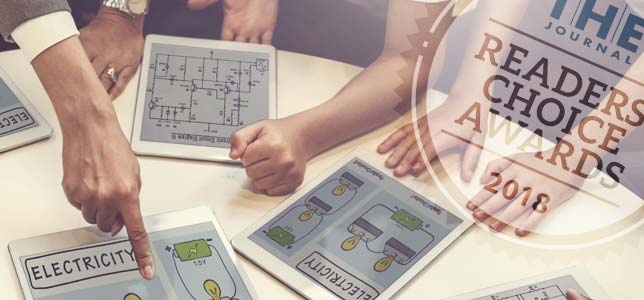
For our fourth-annual Readers’ Choice Awards, more than 1,000 education technology professionals weighed in on their favorite technologies, from instructional technology to security and privacy tools, from mobile devices to projectors, from games to multimedia authoring tools.
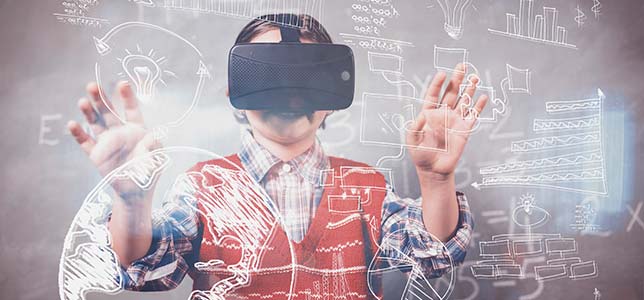
Long touted as promising ed tech tools, virtual and augmented reality are finally making a real impact on teaching and learning.

The makerspace isn't just a fixed space where kids come and go to complete busywork. It's an extension of a well-established approach to educating students that has applications and deep implications across disciplines.

Artificial intelligence could have a profound impact on learning, but it also raises key questions.
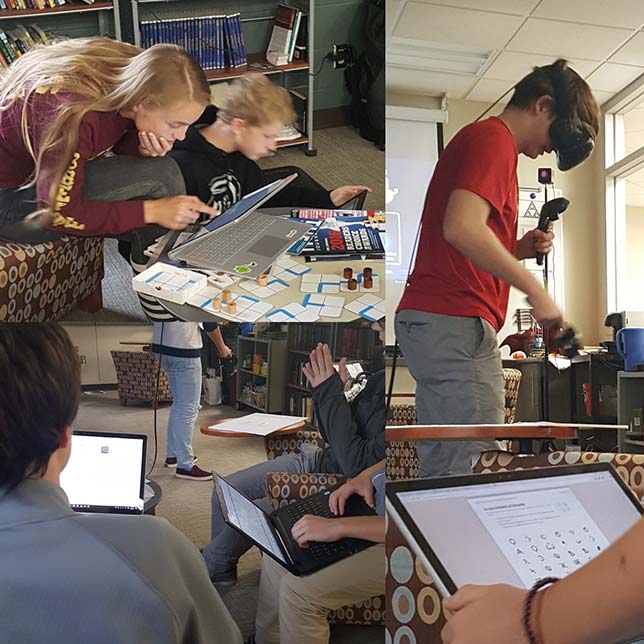
Coding programs don't have to break the bank. Here are some resources and tactics for funding computer science affordably and without skimping on quality.
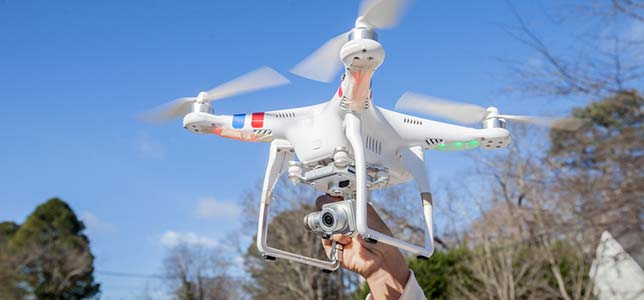
The use of this technology captivates students while allowing them to learn abstract concepts in off-the-ground ways.
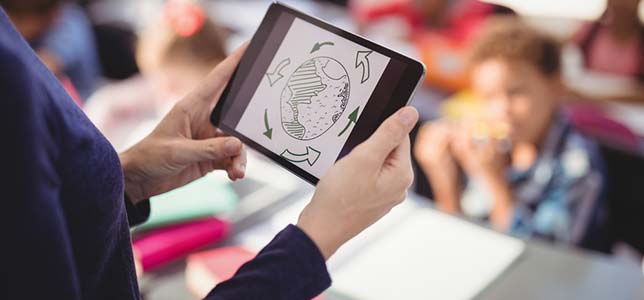
In our third-annual ed tech survey, teachers reveal an overwhelmingly positive attitude toward tech in the classroom and its impact on teaching, learning and professional development.

With only three exceptions, salaries are up across the board for technology professionals in K–12 education in the last two years. The biggest gripe continues to be (not terribly surprisingly) budgets.
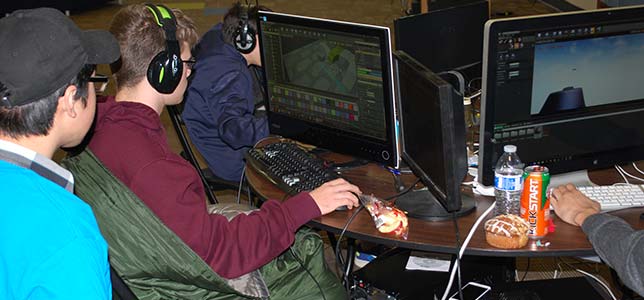
The use of gaming for student-centered learning eliminates constraints, increases engagement, boosts collaboration and empowers students to find answers through deep and rich experiences.
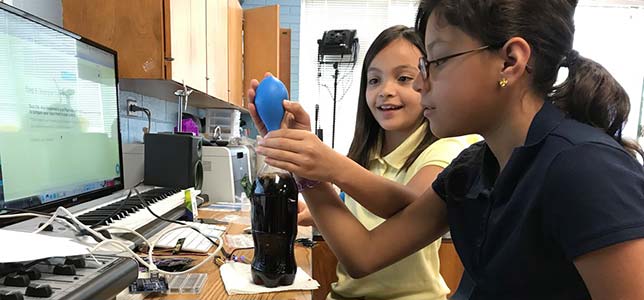
Delivering authentic experiences in the classroom and learning how to juggle district data are two wide themes that will monopolize education discussion in the next 12 months.